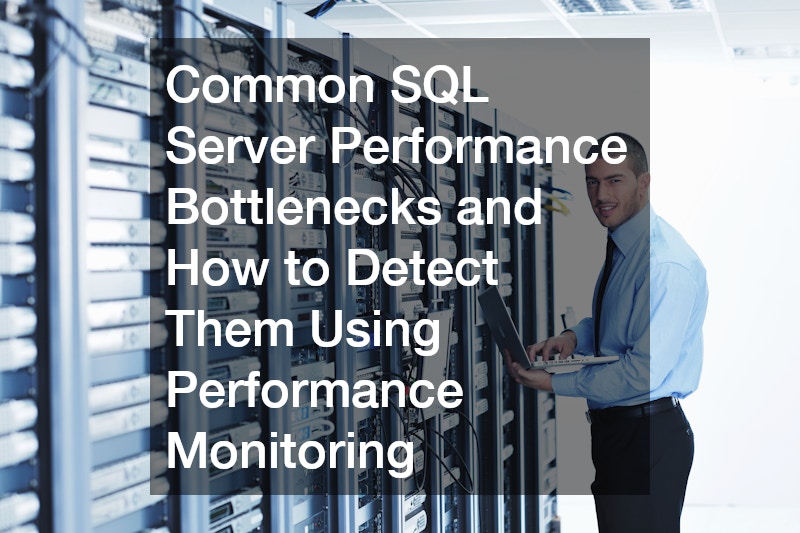SQL Server performance can significantly impact the efficiency of business operations. Identifying and addressing performance bottlenecks is crucial for maintaining a responsive and reliable database environment. Effective SQL Server database performance monitoring can help uncover these issues and ensure smooth database operations.
1. CPU Utilization Issues:
High CPU usage often signals inefficient queries or processes.
Monitoring tools can track CPU metrics and identify queries consuming excessive resources. By analyzing these metrics, database administrators can pinpoint problematic queries and optimize them for better performance.
2. Memory Pressure:
Memory pressure occurs when SQL Server uses more memory than available, leading to performance degradation. Performance monitoring tools provide insights into memory usage patterns, allowing administrators to detect issues like excessive caching or inefficient memory allocation. Adjusting SQL Server’s memory settings or optimizing queries can alleviate memory pressure.
3. Disk I/O Bottlenecks:
Slow disk input/output operations can severely affect SQL Server performance. Monitoring disk read and write times helps identify bottlenecks. Tools that provide I/O statistics can highlight disks with high latency or throughput issues. Upgrading storage hardware or optimizing database file placement can mitigate these problems.
4. Blocking and Deadlocks:
Blocking happens when one process holds a resource, causing other processes to wait. Deadlocks occur when two or more processes are waiting for resources held by each other. SQL Server performance monitoring tools can track blocking sessions and deadlocks, providing insights into transaction behavior. Addressing inefficient transaction management or indexing strategies can reduce these issues.
5. Network Latency:
Network latency can affect SQL Server’s responsiveness, especially in distributed environments. Monitoring network performance helps detect latency issues and pinpoint causes such as network congestion or configuration problems. Ensuring proper network setup and addressing latency sources can improve overall performance.
Effective SQL Server database performance monitoring is essential for identifying and addressing these common bottlenecks, ensuring a robust and efficient database environment.
.






